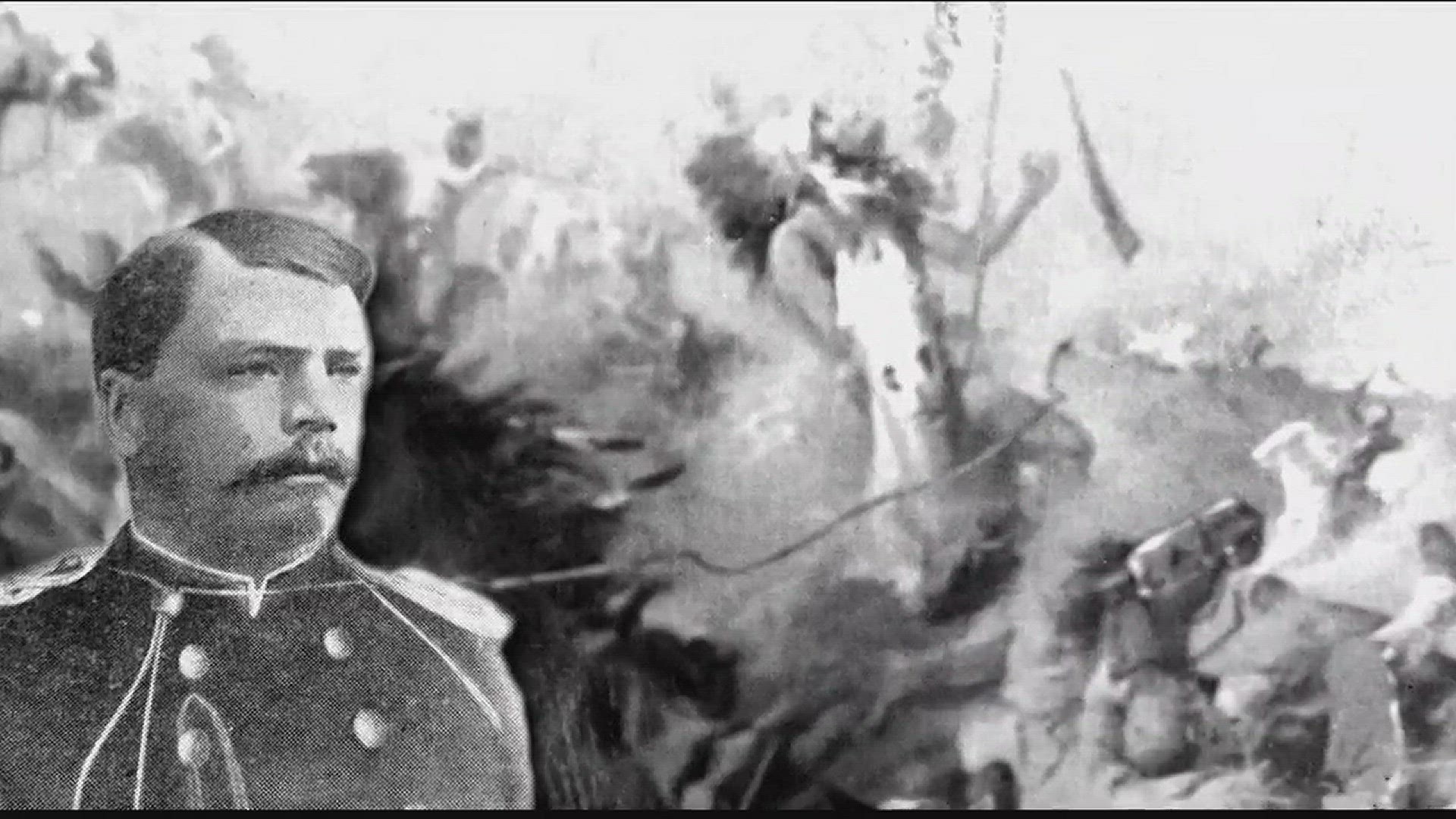Strong, ME (NEWS CENTER) -- Several Maine men rode with Custer to their deaths at the Little Big Horn on June 25, 1876. One of them was James Ezekiel Porter of Strong, Maine.
The son of that community's leading family, he attended Maine Seminary (now Bates) for a year before heading to Norwich for two years and finally, West Point. He was a good student who graduated 16th in a class of 39.
Like most of the officers of the famed Seventh Cavalry, Porter was considered an "Eastern Elite." His wife, Eliza Frances Westcott was born in Rhode Island, but grew up in Lewiston. The couple was stationed in Kansas. Porter had put in for a transfer after she bore their second child in 1876.
Custer was brash at Little Big Horn. He ignored his limited intelligence from Crow Scouts and attacked before the cavalry's full force arrived in the area. He divided his own force into at least three sections and was defeated piecemeal.
Porter was in charge of Company I which was known as the "Wild I" for its raucous behavior. It was placed in reserve on a nearby knoll. Indian accounts say that as the force was overwhelmed, an officer dashed through Indian lines. Several warriors pursued the cavalryman. All but one gave up when the soldier looked over his shoulder and committed suicide to prevent from being captured.
The first evidence that Custer had been annihilated came two days later when troops found Porter's buckskin jacket with a bullet hole and blood stains over the heart. There was also an unidentified head in the abandoned village which some historians speculate was Porter's.
His body was never identified. His Smith and Wesson sidearm is in the museum at Little Big Horn.
The great victory by the Sioux and Cheyenne was in essence their last stand. The U. S. Government continued its persecution of the American Indian.
The group led by Sitting Bull and Crazy Horse fled into Canada, but facing starvation, surrendered the next year.
That winter, Porter's infant son died and is buried in Strong. His wife passed away in California in 1915.

